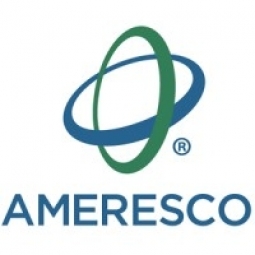技术
- 传感器 - 环境传感器
- 传感器 - 电表
适用行业
- 国家安全与国防
- 可再生能源
适用功能
- 维护
- 产品研发
用例
- 施工管理
- 智能灌溉
服务
- 系统集成
关于客户
Hickam Communities LLC (HC) 是一个由 Lendlease 拥有和管理的军事住房社区,位于夏威夷珍珠港-希卡姆联合基地 (JBPHH) 空军基地。该社区由 2,500 多个私有化军事住房单元组成。 Lendlease 是一家全球领先的房地产和投资集团,业务遍及澳大利亚、亚洲、欧洲和美洲。他们管理着美国最大的军事住房投资组合之一,并且是陆军的独家住宿合作伙伴。 Lendlease 通过军事住房私有化计划 (MHPI) 与国防部进行了广泛合作,该计划规定将军事住房资产转让给私营部门公司。
挑战
Hickam Communities LLC (HC) 由 Lendlease 拥有和管理,位于夏威夷珍珠港-希卡姆联合基地 (JBPHH) 空军基地,面临着通过节能解决方案对 2,500 多个私有化军事住房单元进行现代化改造的挑战。该项目需要大量投资,而无需国会拨款。目标是显着提高能源效率,减少碳排放,并提高居住在这些部队中的军人家庭的舒适度。该项目预计每年可节省 1300 万美元的成本,这些资金将用于支付 25 年绩效期内的改进、融资成本以及运营和维护服务。
解决方案
Ameresco, Inc. 是一家专注于能源效率和可再生能源的领先清洁技术集成商,与 Hickam Communities 合作开展了一个 1.02 亿美元的节能项目。该项目包括一份为期 25 年的 O&M 服务协议,以确保性能和成本节约。 Ameresco 实施了重大能效升级,以提高住宅的能源性能并提高军人家属和居住人员的舒适度。该项目旨在在项目执行期的 25 年期间将 HC 的并网能耗降低 30%。 Ameresco 用新型高效水源热泵系统取代了社区现有的 HVAC 系统,并部署了智能家居能源恒温器。他们还改造了供水装置,增强了灌溉系统,并安装了支持网络的智能灌溉控制系统。项目范围还包括安装高效 LED 路灯和室内照明。
运营影响
数量效益

Case Study missing?
Start adding your own!
Register with your work email and create a new case study profile for your business.
相关案例.
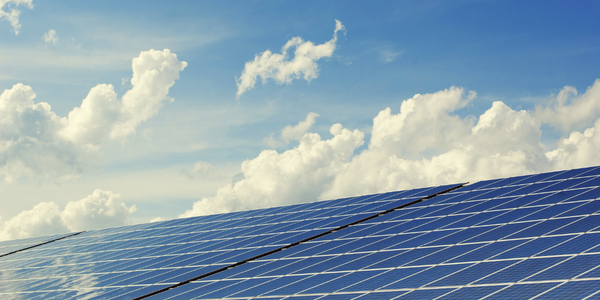
Case Study
Remote Monitoring & Predictive Maintenance App for a Solar Energy System
The maintenance & tracking of various modules was an overhead for the customer due to the huge labor costs involved. Being an advanced solar solutions provider, they wanted to ensure early detection of issues and provide the best-in-class customer experience. Hence they wanted to automate the whole process.
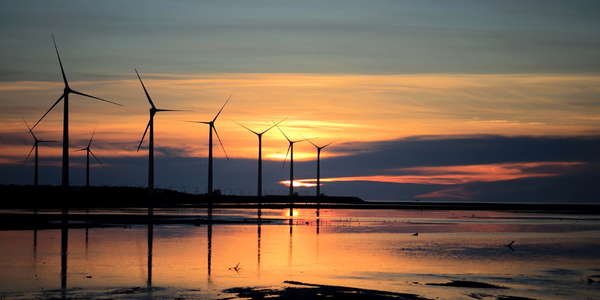
Case Study
Vestas: Turning Climate into Capital with Big Data
Making wind a reliable source of energy depends greatly on the placement of the wind turbines used to produce electricity. Turbulence is a significant factor as it strains turbine components, making them more likely to fail. Vestas wanted to pinpoint the optimal location for wind turbines to maximize power generation and reduce energy costs.
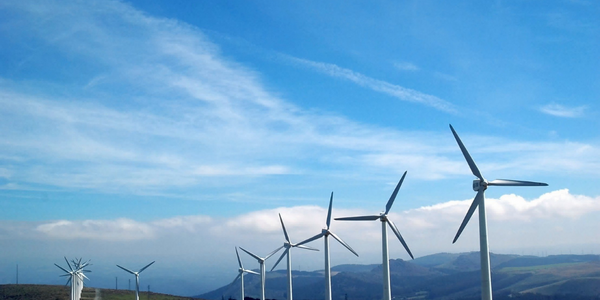
Case Study
Siemens Wind Power
Wind provides clean, renewable energy. The core concept is simple: wind turbines spin blades to generate power. However, today's systems are anything but simple. Modern wind turbines have blades that sweep a 120 meter circle, cost more than 1 million dollars and generate multiple megawatts of power. Each turbine may include up to 1,000 sensors and actuators – integrating strain gages, bearing monitors and power conditioning technology. The turbine can control blade speed and power generation by altering the blade pitch and power extraction. Controlling the turbine is a sophisticated job requiring many cooperating processors closing high-speed loops and implementing intelligent monitoring and optimization algorithms. But the real challenge is integrating these turbines so that they work together. A wind farm may include hundreds of turbines. They are often installed in difficult-to-access locations at sea. The farm must implement a fundamentally and truly distributed control system. Like all power systems, the goal of the farm is to match generation to load. A farm with hundreds of turbines must optimize that load by balancing the loading and generation across a wide geography. Wind, of course, is dynamic. Almost every picture of a wind farm shows a calm sea and a setting sun. But things get challenging when a storm goes through the wind farm. In a storm, the control system must decide how to take energy out of gusts to generate constant power. It must intelligently balance load across many turbines. And a critical consideration is the loading and potential damage to a half-billion-dollar installed asset. This is no environment for a slow or undependable control system. Reliability and performance are crucial.
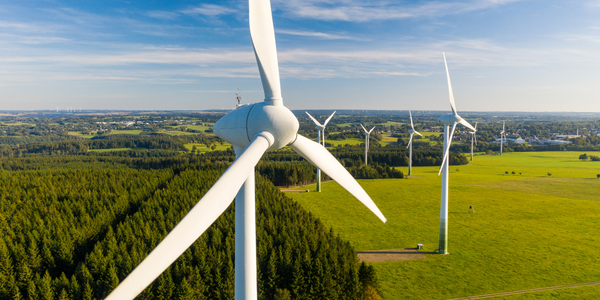
Case Study
Remote Monitoring and Control for a Windmill Generator
As concerns over global warming continue to grow, green technologies are becoming increasingly popular. Wind turbine companies provide an excellent alternative to burning fossil fuels by harnessing kinetic energy from the wind and converting it into electricity. A typical wind farm may include over 80 wind turbines so efficient and reliable networks to manage and control these installations are imperative. Each wind turbine includes a generator and a variety of serial components such as a water cooler, high voltage transformer, ultrasonic wind sensors, yaw gear, blade bearing, pitch cylinder, and hub controller. All of these components are controlled by a PLC and communicate with the ground host. Due to the total integration of these devices into an Ethernet network, one of our customers in the wind turbine industry needed a serial-to-Ethernet solution that can operate reliably for years without interruption.

Case Study
Temperature monitoring for vaccine fridges
Dulas wanted a way to improve the reliability of the cold chain, facilitating maintenance and ensuring fewer vaccines are spoiled. Dulas wanted an M2M solution which would enable them to record and report the temperature inside vaccine refrigerators.
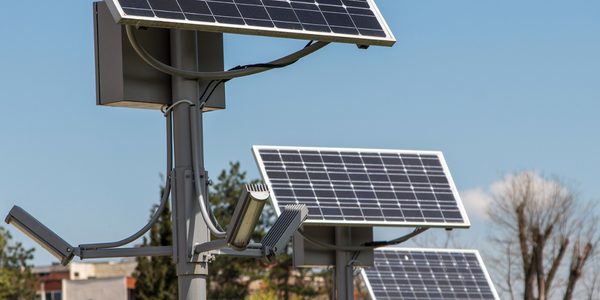
Case Study
IoT Powering A New Way to Light Streets with Bifacial Solar Panels
When James Meringer’s commercial contracting business experienced a rapid increase in solar projects, he also saw an opportunity to extend the benefits of solar by using the bifacial solar panels he’d become familiar with in new ways. Bifacial solar panels enable sunlight from both sides of the panel, making it a more efficient harvest of solar power. Seeing the panel’s power, James and his team set out to use the same technology for street lighting. Until now, solar street lights have served as utilitarian solutions that force designers to choose between form and function. The Mira Bella Energy team has changed that.




